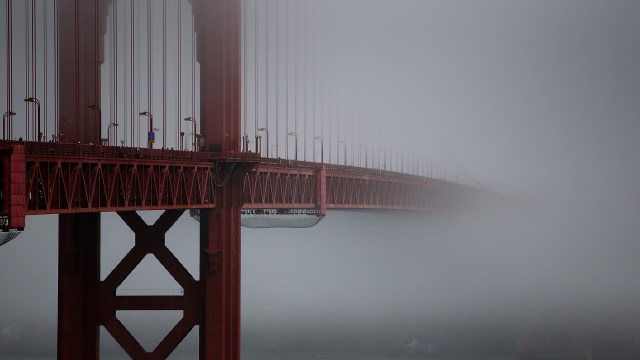Politics In Hawaii Threatens To End Astronomy As We Know It
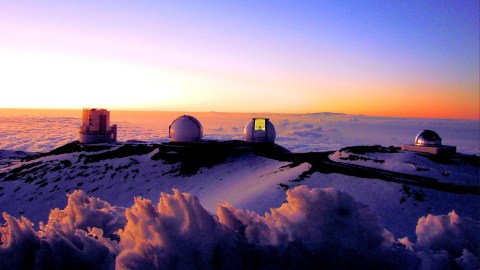
Neither astronomers nor native Hawaiians are to blame, but it’s up to everyone to get it right moving forward.
“The cause of Hawaiian independence is larger and dearer than the life of any man connected with it.” –Queen Liliuokalani
Throughout the history of modern astronomy and astrophysics, if you wanted to learn more about the Universe, you only needed three things:
- A large-aperture telescope, for tremendous light-gathering power.
- A clear, dark sky, with low atmospheric turbulence, low incidence of cloud cover, and a great separation from any and all sources of light pollution.
- And a good way to record and interpret your data, which has evolved from sketches to photographic plates to powerful CCD cameras, capable of recording individual, single photons to tremendous precision.
Gather more, high-quality data, and the Universe is literally yours to understand.
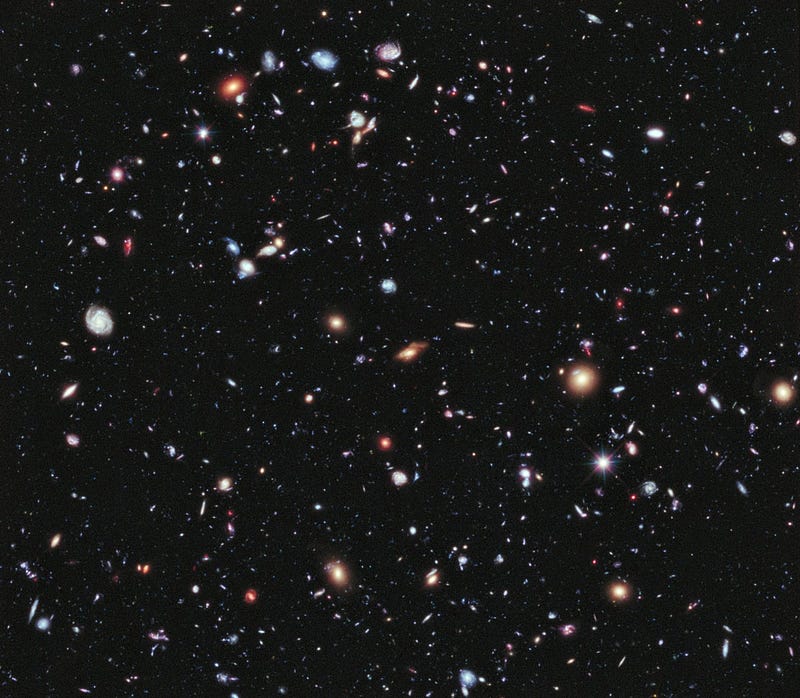
As our society has modernized, the first and third ones have become easier than ever. Telescopes 8-to-10 meters (26-to-33 feet) in diameter are commonplace, and even larger ones are in the planning phase. Camera technology has become incredibly cheap and effective, so much so that the difference between the stunning 1995 Hubble Space Telescope image of the Pillars of Creation:
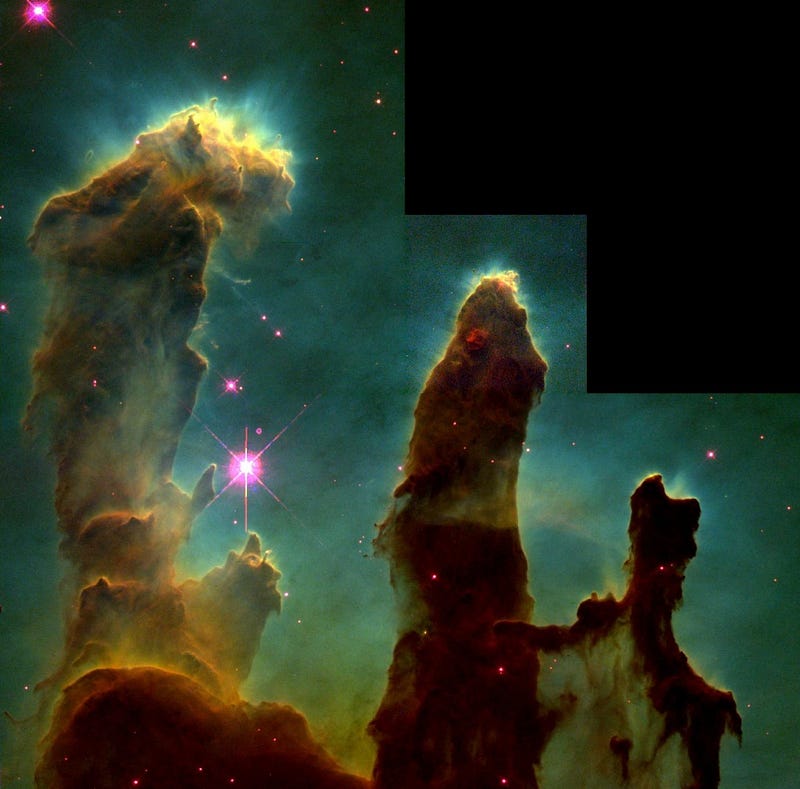
and the 2015 version, using the same exact telescope,
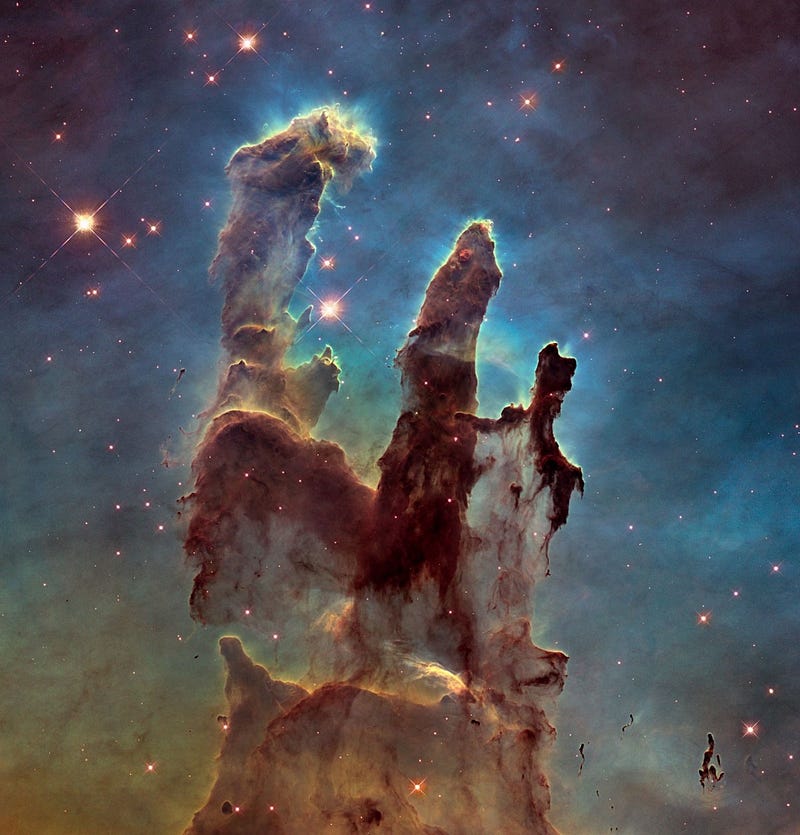
is almost exclusively due to the improvements in camera technology. (The latter image has more than four times the resolution of the former one.)
But that second criterion — the perfect location — is awfully hard to come by. Sure, you can go the Hubble route and go to space, but telescope maintenance and upgrades, to say nothing of the launch costs and the perils of telescopes in space, have thus far prevented us from putting something of the 8-to-10 meter class above the Earth’s atmosphere. Your best bet, traditionally, has been to find a location that’s at very high altitude, above the common cloud line, with low turbulence, far enough away from civilization that light pollution is minimal.
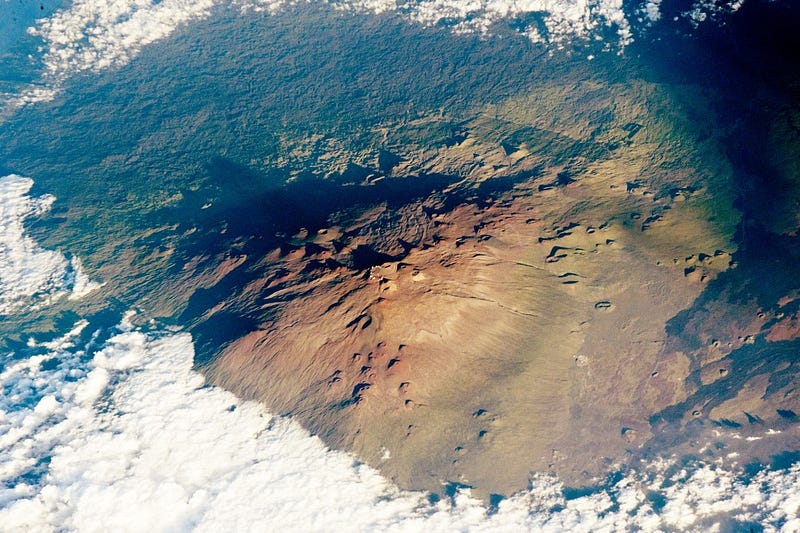
There are only a few places on Earth that have that combination: the Andes mountain range in Chile; the Canary Islands off the coast of Spain; and the summit of Mauna Kea in Hawaii. The last one, shown above, is perhaps the most legendary site of all in astronomy, and is home to a great number of world-class telescopes, including the Subaru telescope, the twin Keck telescopes, the Gemini North telescope (all of which are in the 8–10 meter class), as well as nine other telescopes (including a 25 meter radio telescope), funded and operated by a total of eleven countries.
It was also the chosen site for one of the most ambitious projects of the next generation of astronomy: the Thirty-Meter-Telescope (TMT).
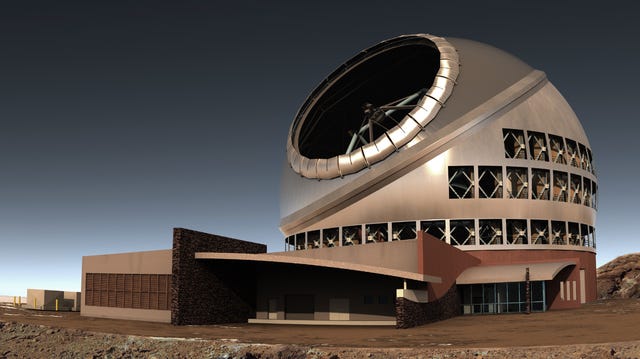
The giant segmented mirror telescope would have approximately nine timesthe light-gathering power and three times the resolution of any previously existing telescope. With modern adaptive optics technology, it would easily surpass the Hubble Space Telescope in many classes of observation, and would usher in a new era of seeing deeper, farther, at higher resolution and doing all of it more quickly than ever before.
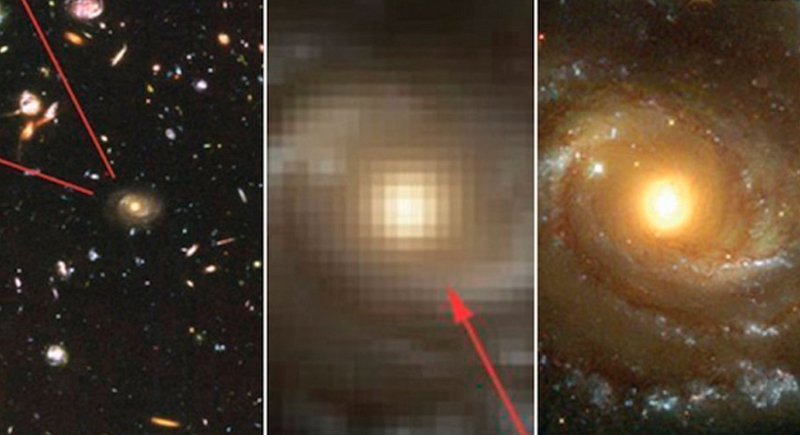
But there’s something else to consider: something that hasn’t been properly considered for, honestly, the entire history of the world. How do the native inhabitants of the land that the telescope is proposed to be built on feel about it?
It’s a question that most of us never stop to ask, particularly here in the United States, where we’re a nation of immigrants with a very short history. We never stopped to ask the native people who were, to put it mildly, displaced, what they thought of us coming in, taking their land, and doing with it as we pleased. From the perspective of the 21st century, many of us look back on our imperialist doctrines like Manifest Destiny as a dark time in not only American history, but in the history of the world.
Yet by many measures, we haven’t made all that much progress. Earlier this year, many Hawaiians protested the construction of this telescope, seeking to halt its construction until their concerns were addressed. While many in the media picked up one or two of the soundbites or demands and harped on them as ridiculous or backwards, the reality of the situation is this: a culture that’s many thousands of years old was — in the same imperialist spirit as much of the world — conquered and forced to live in a world they did not choose for themselves. In many ways, they were coerced into a bad contract, where they’re paid far less to lease the land than it’s worth. Moreover, the lessees of the grounds atop Mauna Kea violated that contract by building more telescopes, faster, than was permitted, yet the native population had no recourse.
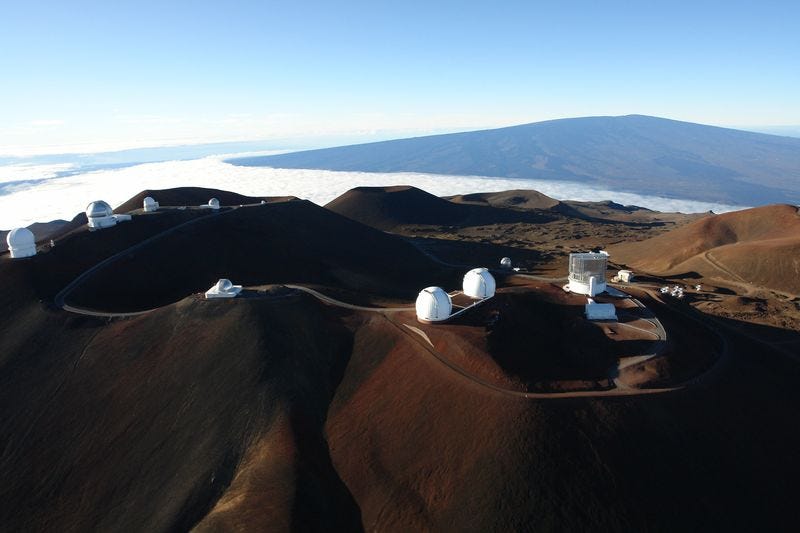
More than fifty years later, this monumental project became the impetus for a new round of mobilization.
Many, at present, look on the recent news of astronomers looking to discover the Universe clashing with protestors as a case of the space age colliding with the stone age. But that’s not only insulting and destructive, it’s also completely wrong. What we’re seeing play out is a conflict between two groups of people arguing and advocating towards two very different ends:
- On one hand, to explore the Universe and open up the frontiers of knowledge and understanding as never before.
- On the other hand, to treat the people who’ve been mistreated for so long with the respect that they, their history, their culture and their land deserves.
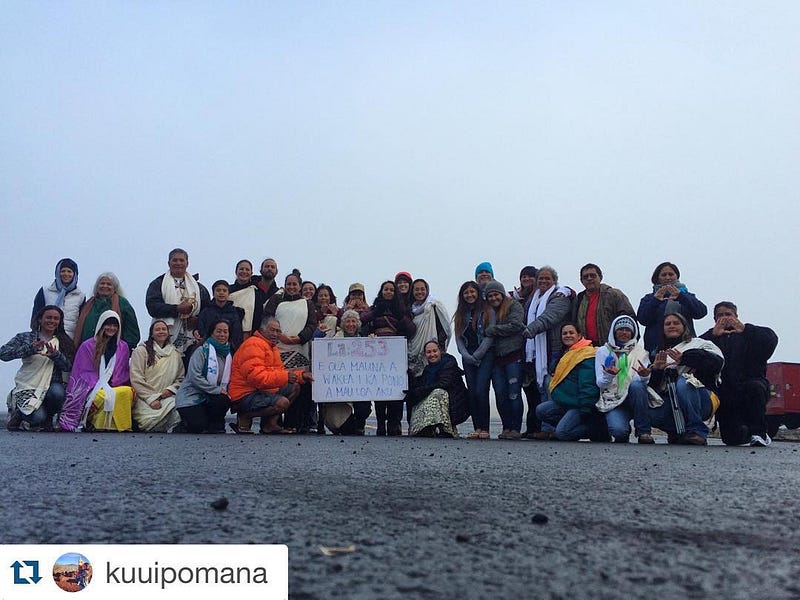
The telescope is not dead; the legal proceedings happening today are, quite honestly, a failure of negotiations on both sides. The vast majority of people involved in this project want both for the telescope to be built and to have the native population of Hawaiians on board with how this land is used, how the inhabitants are treated, and how future projects are handled moving forward. As Kealoha Pisciotta, the president of the group purportedly opposing the telescope, Protect Mauna Kea (Mauna Kea Anaina Hou) says,
This is the principle of the mountain and the sanctity of Mauna Kea calls on us to raise the standard. We cannot be vengeful. We need to find pono [righteous] solutions. We need to find good things for astronomers. Cooperation is, I think, really the true part of our human nature, not competition. I think we have to go back to cooperation to survive the future.
That doesn’t sound like opposition to me; that sounds like someone with legitimate concerns who wants to be heard. Astronomy as we know it — where we go where we want, take the land, build what we want and let everyone else sort out the table scraps — is coming to an end. And as an astrophysicist who’s been to the top of Mauna Kea myself, it can’t come soon enough. The Universe will still be there to explore and discover; there’s no excuse for not doing it the right way, according to all parties involved.
Leave your comments on our forum, help Starts With A Bang! deliver more rewards on Patreon, and pre-order our first book, Beyond The Galaxy, today!





